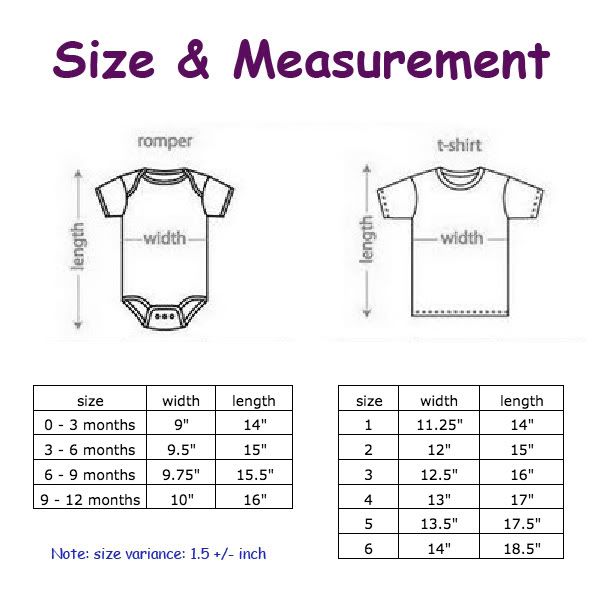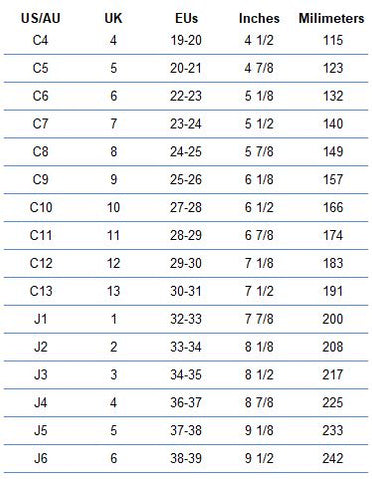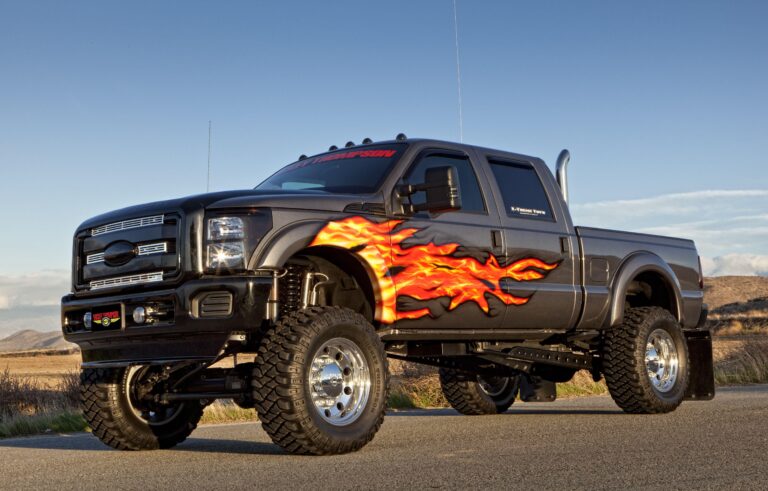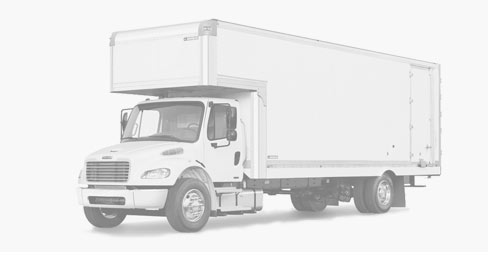What Size Canopy Fits A Chevy Silverado? Unlocking Your Truck’s Full Potential
What Size Canopy Fits A Chevy Silverado? Unlocking Your Truck’s Full Potential cars.truckstrend.com
The Chevrolet Silverado, a titan among full-size pickup trucks, is renowned for its robust capabilities, towing prowess, and versatile utility. While the open bed offers immense flexibility for hauling, there comes a point for many owners when protecting cargo from the elements, enhancing security, or creating a makeshift sleeping space becomes a priority. This is where a truck canopy – also known as a truck cap, topper, or camper shell – enters the picture.
However, selecting the right canopy isn’t a "one-size-fits-all" endeavor. The question, "What size canopy fits a Chevy Silverado?" is paramount, as an ill-fitting canopy can compromise aesthetics, security, and even the structural integrity of your truck. This comprehensive guide will delve into the critical measurements, types, considerations, and practical advice necessary to ensure you choose the perfect canopy that transforms your Silverado into an even more capable and versatile machine.
What Size Canopy Fits A Chevy Silverado? Unlocking Your Truck’s Full Potential
Understanding Your Silverado’s Bed Dimensions – The Foundation of Fit
The absolute most critical factor in determining what size canopy fits your Chevy Silverado is the precise measurement of your truck’s bed. Unlike some accessories, canopies are designed to fit specific bed lengths and widths, often tailored to particular generations of trucks due to subtle variations in bed rail profiles and cab heights.
Key Dimensions to Measure:
- Bed Length: This is the most crucial measurement. Measure from the inside of the bulkhead (the wall closest to the cab) to the inside of the tailgate when it’s closed. Do not measure the top rail, but rather the inside floor length. Silverado trucks typically come in a few standard bed lengths, which can vary slightly by model year and configuration (e.g., Crew Cab, Double Cab, Regular Cab).
- Bed Width: While less variable than length across different Silverado models of the same generation, it’s still good practice to measure the inside width of the bed, especially between the wheel wells, and also the overall width at the top rails. Canopies are designed to sit flush on the bed rails.
- Cab Height (for canopy matching): While not directly part of the bed dimension for fit, the cab height is vital for aesthetics and aerodynamics. Canopies are often designed to match the height of your Silverado’s cab for a seamless, factory-installed look. This ensures better fuel efficiency and prevents an awkward, mismatched appearance. Measure from the top of your bed rail to the highest point of your cab.

Why Precision Matters:
Even an inch or two off in bed length can result in a canopy that either hangs over the tailgate (poor sealing, looks bad) or is too short (leaving a gap, compromising security and weather protection). Slight differences in bed rail width or profile between Silverado generations (e.g., GMT800 vs. GMT900 vs. K2XX vs. T1XX) mean that a canopy from a 2005 Silverado might not perfectly fit a 2015, even if the bed length is nominally the same. Always confirm the exact year and model of your Silverado when purchasing.
Common Silverado Bed Lengths and Corresponding Canopy Sizes
Chevy Silverado trucks have historically offered three primary bed lengths, though the exact measurements can vary by a few inches depending on the generation and specific model year. Canopies are manufactured to match these standard lengths precisely.
Here are the most common approximate bed lengths you’ll find on a Chevy Silverado and the corresponding canopy sizes:

- Short Bed (Typically 5′ 8" to 5′ 10" / 69.3" to 70"): This is the most common bed size for Crew Cab and some Double Cab Silverado configurations. Canopies for these trucks will be specified as "short bed" or "5.5-foot" canopies. They are popular for recreational users who need cargo protection but also prioritize maneuverability.
- Standard Bed (Typically 6′ 6" to 6′ 7" / 78.7" to 79"): Often found on Double Cab and some Regular Cab models, this "standard" bed offers a good balance between cargo capacity and overall vehicle length. Canopies for this size are often labeled "standard bed" or "6.5-foot" canopies.
- Long Bed (Typically 8′ 0" to 8′ 2" / 97.6" to 98"): Primarily available on Regular Cab and some Work Truck configurations, the long bed maximizes cargo volume. Canopies for these are "long bed" or "8-foot" canopies. These are popular for contractors, tradespeople, and those requiring maximum hauling space.

Important Note on Width and Height:
While the length is the primary differentiator for canopy size, the width of the bed rails for a given Silverado generation is generally consistent. Canopy manufacturers design their products to sit snugly on these rails. As mentioned, canopy height is a crucial aesthetic and aerodynamic consideration. Many canopies are designed to match the cab height ("cab-high" or "flush mount"), while others may be taller ("wedge" or "mid-rise") to offer more internal volume, or even significantly taller ("high-rise" or "walk-in") for specialized applications like camping or mobile workspaces.
Types of Canopies and Their Features
Beyond just size, canopies come in various materials and with a plethora of features, each catering to different needs and budgets.
-
Fiberglass Canopies:
- Pros: Most popular choice, excellent aesthetics (can be painted to match truck color), durable, good insulation, wide range of features, often contoured to match truck lines.
- Cons: Heavier than aluminum, can be more expensive.
- Features: Sliding side windows, pet screens, interior lighting (LED), carpeted headliner, roof racks (for bikes, kayaks, ladders), power locks, remote entry, fold-down front window for cleaning, vented windoors.
-
Aluminum Canopies:
- Pros: Lighter weight (better for fuel economy and payload), extremely durable, often less expensive, popular for work trucks due to ruggedness and custom shelving options.
- Cons: More utilitarian appearance (less aesthetically integrated than fiberglass), can be louder inside due to lack of insulation.
- Features: Toolboxes, ladder racks, heavy-duty construction, various door configurations (side access, rear access), internal shelving, security screens.
-
Soft Canopies/Tonneau Covers (Brief Mention): While not traditional rigid canopies, some soft toppers or advanced tonneau covers offer partial cargo protection. However, they don’t provide the full enclosed, secure, and weatherproof space of a hard canopy and are generally not what people refer to when asking about "canopy size."
Matching Features to Your Needs:
Consider your primary use. If you’re camping, features like interior lights, carpeted headliners, and side access windows are beneficial. For work, heavy-duty construction, toolboxes, and ladder racks will be paramount. For general cargo protection, a basic fiberglass or aluminum model might suffice.
Key Considerations Beyond Just Size
Choosing the right canopy for your Silverado involves more than just ensuring it fits the bed length. Several other factors play a significant role in your satisfaction and the canopy’s functionality.
- Material (Fiberglass vs. Aluminum): Re-evaluate the pros and cons based on your budget, aesthetic preferences, and intended use. Fiberglass offers car-like finish and insulation; aluminum offers rugged utility and lighter weight.
- Weight Impact: A canopy adds significant weight (typically 150-250 lbs for fiberglass, less for aluminum) to your truck. This can slightly affect fuel economy and suspension performance. Ensure your truck’s suspension is adequate, especially if you plan to carry heavy loads inside the canopy.
- Security: Most canopies come with locking mechanisms. Ensure they are robust enough for your needs. Tempered glass windows and secure latching systems are important. Some premium models offer remote locking integrated with your truck’s key fob.
- Weather Sealing: A well-fitted canopy should provide excellent protection from rain, snow, and dust. Look for good quality weatherstripping around the base and windows. Professional installation often includes proper sealing.
- Aesthetics and Color Matching: For fiberglass canopies, you can often order them painted to match your Silverado’s factory color code, ensuring a seamless look. This is a significant advantage over a mismatched used canopy.
- Installation: Canopies are typically secured to the bed rails with clamps, requiring no drilling into the truck bed itself. While DIY installation is possible, professional installation ensures proper alignment, watertight sealing, and secure attachment, preventing issues like leaks or shifting.
- Budget: Canopies range widely in price based on material, features, brand, and whether they are new or used. Set a realistic budget before you start shopping.
- Resale Value: A high-quality, well-maintained canopy that perfectly fits your Silverado can add to the truck’s resale value, especially if it’s color-matched and in good condition.
The Purchase Process – New vs. Used
Deciding between a new and used canopy for your Silverado has distinct advantages and disadvantages.
New Canopies:
- Pros: Custom fit guarantee for your specific Silverado model year and bed length, full manufacturer warranty, choice of all available features and options, perfect color matching (ordered with your truck’s paint code), professional installation often included or available.
- Cons: Higher upfront cost.
- Where to Buy: Authorized dealers (e.g., ARE, Leer, Snugtop, Century), specialty truck accessory shops.
Used Canopies:
- Pros: Significant cost savings (often 50% or more off new price), immediate availability.
- Cons: Finding the exact fit for your Silverado’s bed length and model year can be challenging, color matching is unlikely (requiring repainting, an added cost), no warranty, potential for hidden damage (cracks, leaks, worn seals, broken latches), limited feature options.
- Where to Buy: Online marketplaces (Facebook Marketplace, Craigslist), local classifieds, truck accessory shops that sell used inventory.
Crucial Advice for Used Canopies:
If considering a used canopy, always measure your truck’s bed meticulously and verify the exact year, make, and model of the truck the used canopy came off of. Even a slight difference in bed rail shape or cab height from one Silverado generation to another can prevent a perfect fit, leading to gaps, leaks, or an unsightly appearance. Inspect the canopy thoroughly for cracks, delamination, seal integrity, and functionality of all windows and latches.
Estimated Canopy Price Guide for Chevy Silverado
Prices for truck canopies can vary significantly based on brand, material, features, location, and whether they are new or used. This table provides a general estimation.
| Canopy Type | Key Features | Estimated Price Range (New) | Estimated Price Range (Used) |
|---|---|---|---|
| Basic Fiberglass | Cab-high, fixed side windows, manual lock, basic interior light | $1,800 – $2,500 | $400 – $900 |
| Premium Fiberglass | Cab-high or mid-rise, sliding/vented windows, carpeted headliner, LED light, roof rack ready, power lock option | $2,800 – $4,500+ | $800 – $1,800 |
| Basic Aluminum | Cab-high, plain sides, basic rear door, utilitarian finish | $1,500 – $2,200 | $300 – $700 |
| Work-Grade Aluminum | High-rise, side toolboxes, ladder rack, heavy-duty locks, reinforced | $2,500 – $5,000+ | $700 – $2,000 |
Disclaimer: These are general estimates and actual prices will vary. Installation costs (if not included) typically range from $100-$300. Custom paint matching for new fiberglass canopies often adds $300-$600 to the base price.
Frequently Asked Questions (FAQ)
Q1: Can a canopy from a Ford F-150 or Ram 1500 fit a Chevy Silverado?
A1: Generally, no. While bed lengths might seem similar, truck beds vary significantly in width, bed rail design, and cab height across different manufacturers and even between generations of the same model. A canopy designed for one brand or model will almost never fit another perfectly.
Q2: How do I accurately measure my Silverado’s bed for a canopy?
A2: Use a tape measure. For length, measure along the bed floor from the bulkhead (front wall) to the inside of the closed tailgate. For width, measure across the bed at the top of the bed rails. Note your Silverado’s specific year, trim, and cab configuration (e.g., 2020 Silverado 1500 Crew Cab Short Bed).
Q3: Does adding a canopy affect my Silverado’s fuel economy?
A3: Yes, but usually minimally. A well-fitted, cab-high canopy can sometimes even slightly improve aerodynamics by smoothing airflow over the bed, potentially offsetting the weight increase. However, heavier, high-rise canopies will generally lead to a slight decrease in fuel economy due to increased weight and drag.
Q4: Can I install a truck canopy myself, or should I get it professionally installed?
A4: While it’s technically possible to install many canopies yourself using clamps, professional installation is highly recommended. Professionals ensure proper alignment, a watertight seal, secure clamping, and often connect interior lights or power locks correctly. This prevents leaks, damage, and potential safety issues.
Q5: What’s the average lifespan of a truck canopy?
A5: A well-maintained fiberglass or aluminum canopy can last 10-20 years or more. Factors affecting lifespan include material quality, exposure to harsh weather, frequency of use, and overall care. Seals and gas struts on windows/doors may need replacement over time.
Q6: Do new canopies come painted to match my truck’s color?
A6: Yes, reputable manufacturers offer custom paint matching for new fiberglass canopies. You’ll need to provide your Silverado’s specific paint code (usually found on a sticker in the glove box, door jamb, or under the hood) when ordering.
Conclusion
Choosing the right size canopy for your Chevy Silverado is a decision that significantly impacts your truck’s functionality, aesthetics, and cargo protection capabilities. By meticulously measuring your truck’s bed length, understanding the different canopy types and features, and carefully considering your budget and needs, you can make an informed choice. Whether you opt for a sleek, color-matched fiberglass cap for camping adventures or a rugged aluminum topper for demanding work, a properly sized and chosen canopy will unlock a new level of versatility for your Silverado, transforming it from a simple pickup into an even more capable and tailored vehicle.




